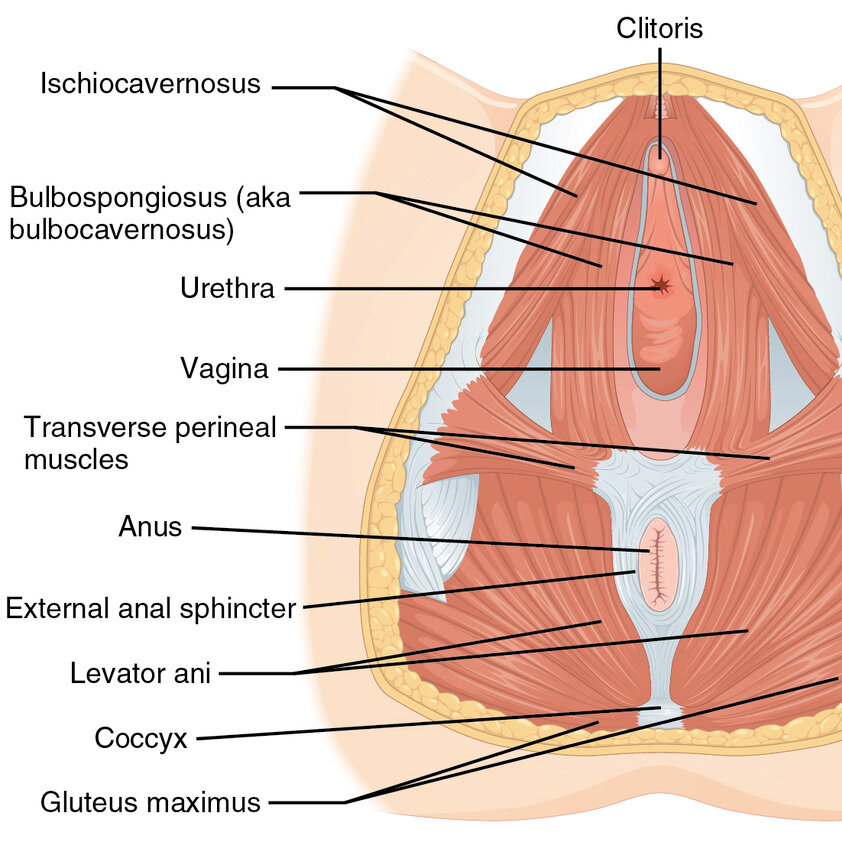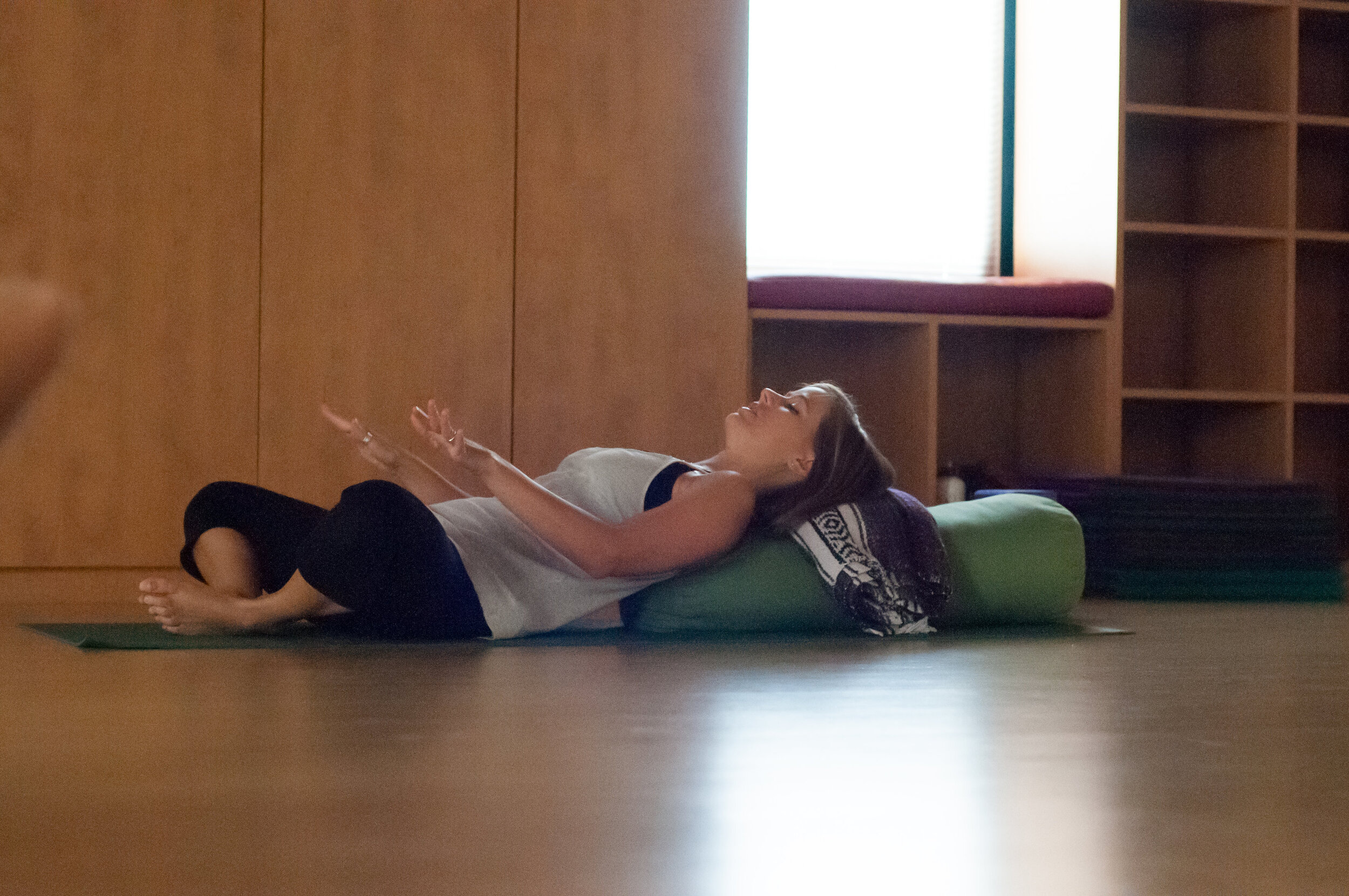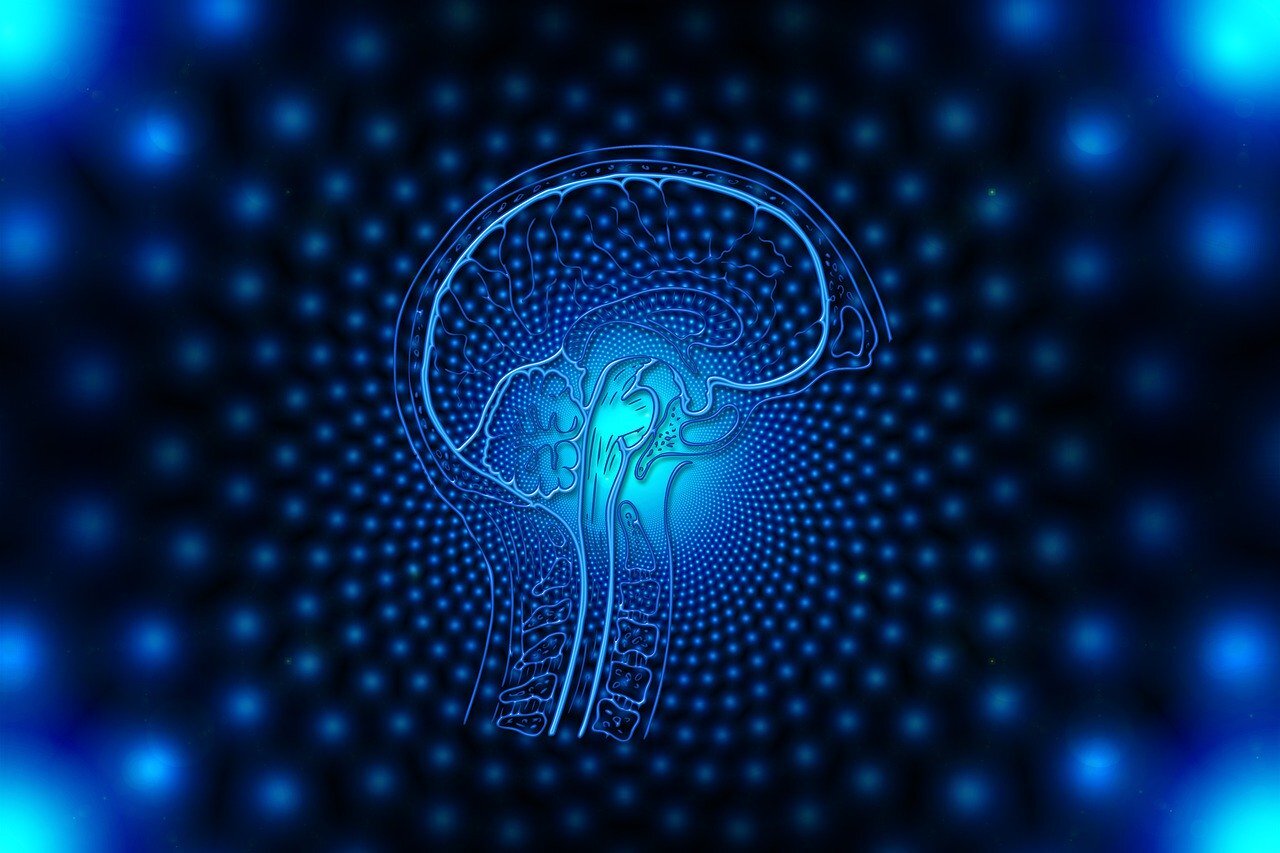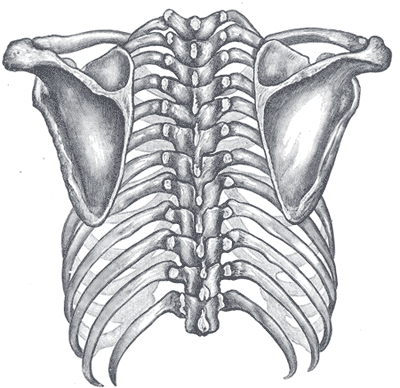Aligned in Motion
The Jewel of the Pelvic Floor
Recently I had the good fortune to attend a Pelvic Anatomy lecture given by Lissa Michalek of SomaticAnatomy.com. Rather like a stand-up comedian and dressed in a full-body muscle-imprinted unitard, Lissa went over the bones, ligaments, muscles and fascia of the pelvic floor and torso. Amid bouts of laughter, I had several “ah-ha” moments, which gave me several ideas to experiment with in my teaching.
Exploring Ankle Mobilization: The Treadle
We need mobility in our joints for good brain mapping, otherwise known as proprioception. If we have jammed joints it can hinder both mapping and function (read my previous foot blog here). GYROTONIC® exercise, Restorative Exercise (RE) and Z-Health® each address this need through varied stretches and mobilization exercises.
The Movement Revolution at Kinesphere
Why is it so difficult to change our habits for the better? Most likely because the brain is comfortable with the choices it is making presently. Any change to your current habits requires your brain to expend extra energy, which it doesn’t like.
My Own Revolution
Poetry for me is a powerful way of expressing ideas. I love the cadences, the images, the feelings that can be evoked with fewer words. So for this month's blog I've chosen to express pivotal moments of change in poetic form.
When Breathing Becomes a Pain in the Neck
Suffering from a chronically tight feeling neck, sore and painful shoulders, or experiencing strange tingling in your arm or hand? You may have blamed poor posture, poor alignment while reaching overhead, or stress as the culprit, but perhaps your breathing habits are playing a significant role in your upper body stiffness, decreased range of motion, and pain.
My Two Children
In essence, I have two children. My first, a daughter, was born in late November. The second, a studio called Kinesphere, was born a year later.
Fixing Cracks in the Wall: A Strong Foundation for Optimal Pelvic Health
When most people think about pelvic floor dysfunction (PFD), the fix that comes to mind is kegels. The reasoning follows as such: the pelvic floor is failing, therefore it is weak. Weak muscles obviously need to be strengthened to regain proper function.
Explore Your Kinesphere & Realign Your Internal Compass
Here's the thing: many people have elevated cortisol levels from lack of sleep, poor diet, and exhausting workouts. What we might need is more rest, more down time, less external stimulation, and lots more outside time.
Movement and Vitality: Born to Move!
The topic of movement and vitality carries a subtle imperative in it, which surprised me, and maybe it will you, too. While “vitality” can be viewed as a range or spectrum of one’s verve/energy/life force, Merriam Webster also provided a more stark and binary view of the word, vitality, defining it as: “the peculiarity distinguishing the living from the nonliving.”
Balance Defined: What Does Balance Mean to You?
Balance is a term that gets thrown around a lot, especially when discussing the metrics of our daily lives. We often count our successes but just can’t seem to find a number satisfying enough.
What is Fascia?
That mysterious word: fascia. You hear it spoken by your massage therapist and your yoga teacher, and now your chiropractor wants you go through an agonizing ritual on a foam roller that's supposed to "release" it.
What About Stability?
Last time we explored the differences between flexibility, mobility, and hypermobility (or it's proper term, joint laxity). We ended with the importance of "owning" your range of motion, or being able to muscularly control moving in and out of a pose or shape. In this blog we'll discover how to assess your control over your range of motion and how to increase your stability.
Flexibility vs. Mobility
The terms flexibility, mobility and stability are being thrown around a lot these days. If you’ve been keeping up with the blogosphere you’ve probably seen headlines along the lines of “stretching is out, mobility is in,” or “flexibility is bad, it’s all about stability now!” But as with most things, it’s a little more nuanced than that.
Don't Come Here: An Essay for Potential Clients
Do you love the clang of equipment, the drone of televisions, and bright fluorescent lighting? Then Don't Come Here. Our environment is peaceful, there's no music playing and the lighting is soft. We want you to be able to tune in to your body, to hear what it has to say. We want your nervous system to relax and your mind and breath to expand.
Obviously . . . breathe
Oxygen is one of the most important ingredients in our lives -- without it we cannot live. Because it is so vital, we have many choices as to the manner in which we breathe. In addition there are many breathing techniques taught to help restore natural breathing patterns and calm the nervous system. But what are the most advantageous ways for us to breathe?
Movement Inputs for Your Brain
Your Central Nervous System (CNS) is what controls EVERYTHING in your body. I guess that makes it somewhat important, so let’s discuss a few things about it!
Ocean Motion
Now, much of this fluid movement is about the spine and there are technical things to talk about regarding the proper function of the spine that I also teach, but that isn’t the focus of my class or this blog. My focus is to introduce some imagery to connect to help develop the fluid movement capabilities of the spine and body.
Truly Mobile Shoulders
Ideally, the scapulae should be able to move independently of the arms, with the ability to elevate (lift), depress (lower), retract (pull together), and protract (move apart). However, they should also move without our conscious control when our arms move, particularly in large ranges of motion.
Your Butt Belongs on the Back of Your Body
Seems obvious, right? Poorly and inefficiently utilized butt muscles (gluteus maximus, often referred to as "glutes") are a leading cause of low back pain. Why? Because we have a tendency to both sit and stand with our tail between our legs. We sit on the back of our pelvis, with our weight behind our ischial tuberosities, squashing our lower glutes.
Hiking in Boots
Not too long ago I headed up north to chaperone a trip with my daughter's school. Because it was going to snow and then possibly rain, I chose to take my hiking boots. Usually I spend most of my day barefoot and wear only flats or minimal shoes as needed. This was the first time in a while that I would be wearing these ankle-high hiking boots.




















